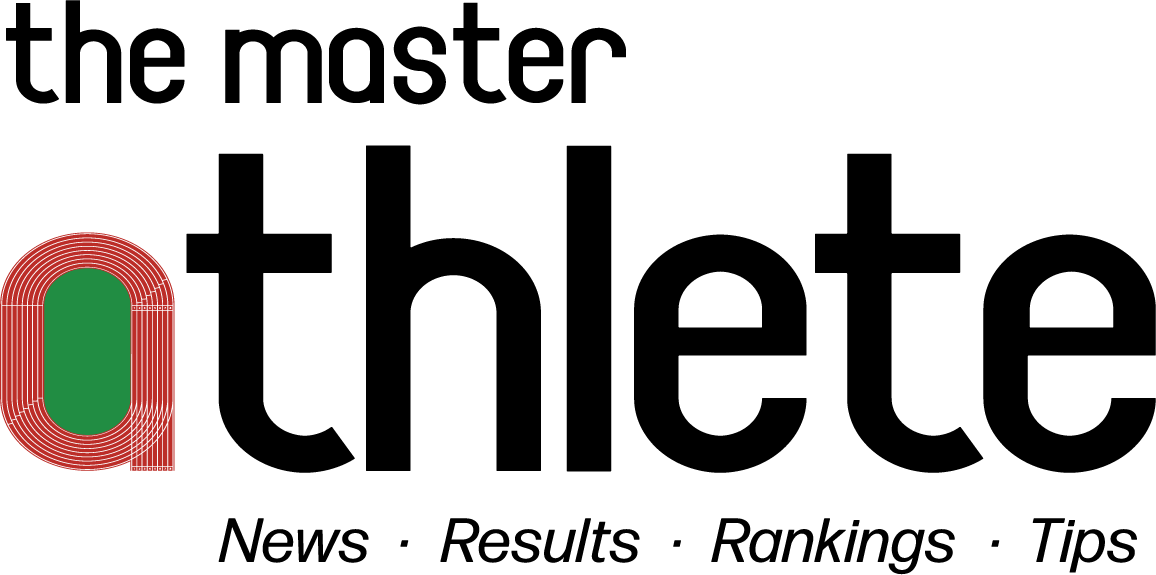Here’s a comprehensive step-by-step guide:
Contents
1. Understand What Masters Athletics Is2. Assess Your Fitness and Health3. Learn the Rules and Age Groups4. Choose Your Event5. Find a Local Club6. Register as a Masters Athlete7. Create a Training Plan8. Participate in Competitions9. Learn About Records, Rankings, and Standards10. Network and Stay Informed11. Focus on LongevityQuick Summary Table
1. Understand What Masters Athletics Is
- Definition: Masters Athletics is competitive sport for adults, typically starting at age 35 and divided into 5-year age groups (35–39, 40–44, 45–49, etc.).
- Disciplines: Track and field (sprints, middle distance, long distance, throws, jumps), road running, race walking, and cross country.
- Competitions: Local, regional, national, and international events. Major international events include World Masters Athletics (WMA) Championships.
2. Assess Your Fitness and Health
- Medical Clearance: Schedule a full health check, especially if you have existing conditions or have been inactive.
- Identify Goals: Decide whether you want to compete casually, at a national level, or internationally.
- Baseline Fitness: Test your current strength, endurance, flexibility, and speed.
3. Learn the Rules and Age Groups
- Masters Athletics uses standard athletics rules (from World Athletics) but may have modifications for age (e.g., lighter implements, shorter hurdles).
- Age groups typically follow 5-year increments: M35, M40, F50, etc.
- Research specific events and age-related rules on national federations’ websites or the WMA site.
4. Choose Your Event
- Track Events: 100m, 200m, 400m, 800m, 1500m, 5000m, 10,000m, hurdles.
- Field Events: Long jump, high jump, pole vault, shot put, discus, hammer throw, javelin.
- Road & Cross-Country: 5k, 10k, half marathon, marathon.
- Race Walking: 3k, 5k, 10k, 20k.
- Consider your past experience, fitness, and injuries when selecting events.
5. Find a Local Club
- Search for local athletics clubs or Masters Athletics clubs via national federations.
- Benefits:
- Coaching and guidance
- Training partners
- Access to competitions
- Support for registration and event logistics
- Example: In the UK, search via BMAF, England Masters Athletics, Scottish Masters Athletics, etc.
6. Register as a Masters Athlete
- National Federation Membership: Required to compete in official events.
- International Registration: If aiming for WMA competitions, you may need membership via your national federation.
- Membership Benefits:
- Eligibility for sanctioned events
- Insurance coverage at competitions
- Access to rankings and results
7. Create a Training Plan
- Base Training: Build general endurance, strength, and flexibility.
- Event-Specific Training: Focus on your chosen disciplines.
- Periodization: Include phases of preparation, competition, and recovery.
- Cross-Training: Swimming, cycling, yoga for overall fitness and injury prevention.
- Masters Considerations: Prioritize recovery, warm-ups, and injury prevention.
8. Participate in Competitions
- Start with local and regional meets to gain experience.
- Keep track of your performance results and improve gradually.
- Gradually progress to national and international competitions if desired.
9. Learn About Records, Rankings, and Standards
- WMA and national federations maintain age-group records and ranking lists.
- Many events have qualifying standards for major championships.
- Tracking your progress against these benchmarks helps set goals.
10. Network and Stay Informed
- Join online communities and forums for Masters athletes.
- Attend workshops, seminars, or training camps.
- Stay updated on competition calendars, rule changes, and training methods.
11. Focus on Longevity
- Masters Athletics is about lifelong sport.
- Prioritize:
- Consistent training
- Injury prevention
- Recovery strategies
- Nutrition and hydration
- Mental resilience
Quick Summary Table
| Step | Action |
|---|---|
| 1 | Understand Masters Athletics rules and age groups |
| 2 | Assess health, fitness, and goals |
| 3 | Choose your preferred event(s) |
| 4 | Find a local club or coach |
| 5 | Register with your national Masters Athletics federation |
| 6 | Develop a structured training plan |
| 7 | Start competing locally and regionally |
| 8 | Track progress and aim for national/international events |
| 9 | Join communities and stay updated |
| 10 | Focus on recovery, longevity, and injury prevention |




